Collecting, skinning, and skeletonizing - for science!
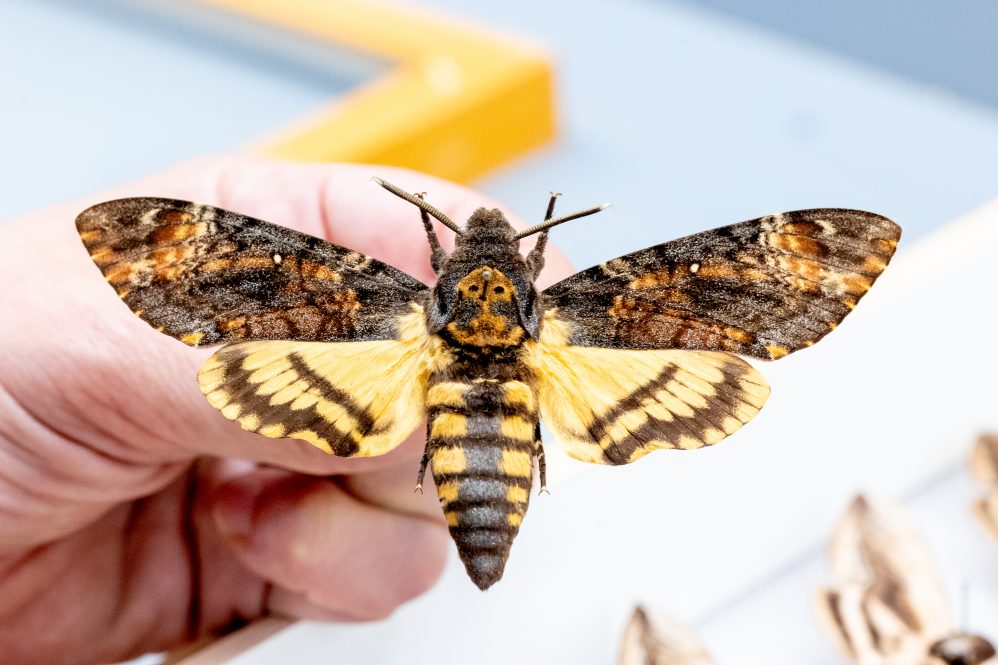
This large death's head hawkmoth gets its name from the markings on its back, which resemble a skull on some specimens. (Sydney Herdle/UConn Photo)
When you are working to preserve and catalog Earth's amazing natural abundance, that includes working with some creepy, crawly, and dead stuff. Inevitably, stories are also collected along with specimens, and this is certainly the case in UConn's impressive Biodiversity Research Collections (BRC) and the Connecticut State Museum of Natural History (CSMNH). Over the years, this dedicated team of researchers and technicians has worked to build and maintain the collections, and here they share some examples of their favorite spooky specimens, along with sometimes gross, but always fascinating, glimpses into the process.
Bob Dubos, UConn's first full-time collections manager, says he started when the BRC was a rambling bunch of cabinets in a hallway. In the years since, the dedicated BRC team and others oversaw the evolution of the facility from that cluster of cabinets to a state-of-the-art facility that preserves over a million specimens ready for scholarship, education, and outreach.
Dubos and Phil Rusch, another retired BRC researcher, recently relayed some stories to CSMNH Curator and Collections Manager Erin Kuprewicz while helping to skin and preserve a trumpeter swan.
Gore on the Shore
Dubos starts with a story that began when he was contacted by the Coast Guard, which had come across a dead porpoise. Since the BRC did not have a porpoise skeleton in the collection, Dubos says they jumped at the opportunity to retrieve it. After the Coast Guard found it, they tethered the animal to a dock, and a small crowd gathered as it was pulled out of the water. Immediately, Dubos realized the decomposition process had advanced to the point where very pungent gases had built up to an alarming degree.
"I yelled, 'run!' before it literally exploded. There were guts spewed all over the deck," says Dubos.
Rusch adds that this gory scene unfolded under the close eye of circling sea gulls, who were waiting to clean up, and to the dismay of nearby, unsuspecting boaters, who were about to be assailed with airborne chunks of rotting porpoise flesh.
"There were sailboats around, and the gulls would grab a hunk of meat and drop it on a boat," says Rusch.
A Moose on the Loose
The story of how the collection gained a moose skeleton elicits an amusing mental picture. Dubos had a friend who worked for Maine Fish and Wildlife, who said they came into possession of a poached moose. Fortunately, rather than letting the carcass go to waste, Dubos's friend reached out to see if he'd like to add it to the BRC.
"I said 'definitely, yes!'" says Dubos.
An employee set out for Maine in his Volkswagen Beetle (a model often known as a "bug") to retrieve the specimen, and Dubos says it was quite a sight to behold when he returned to campus.
"The moose was strapped across the hood of the bug, with the two front legs on the front bumpers and two rear legs across the back," says Dubos.
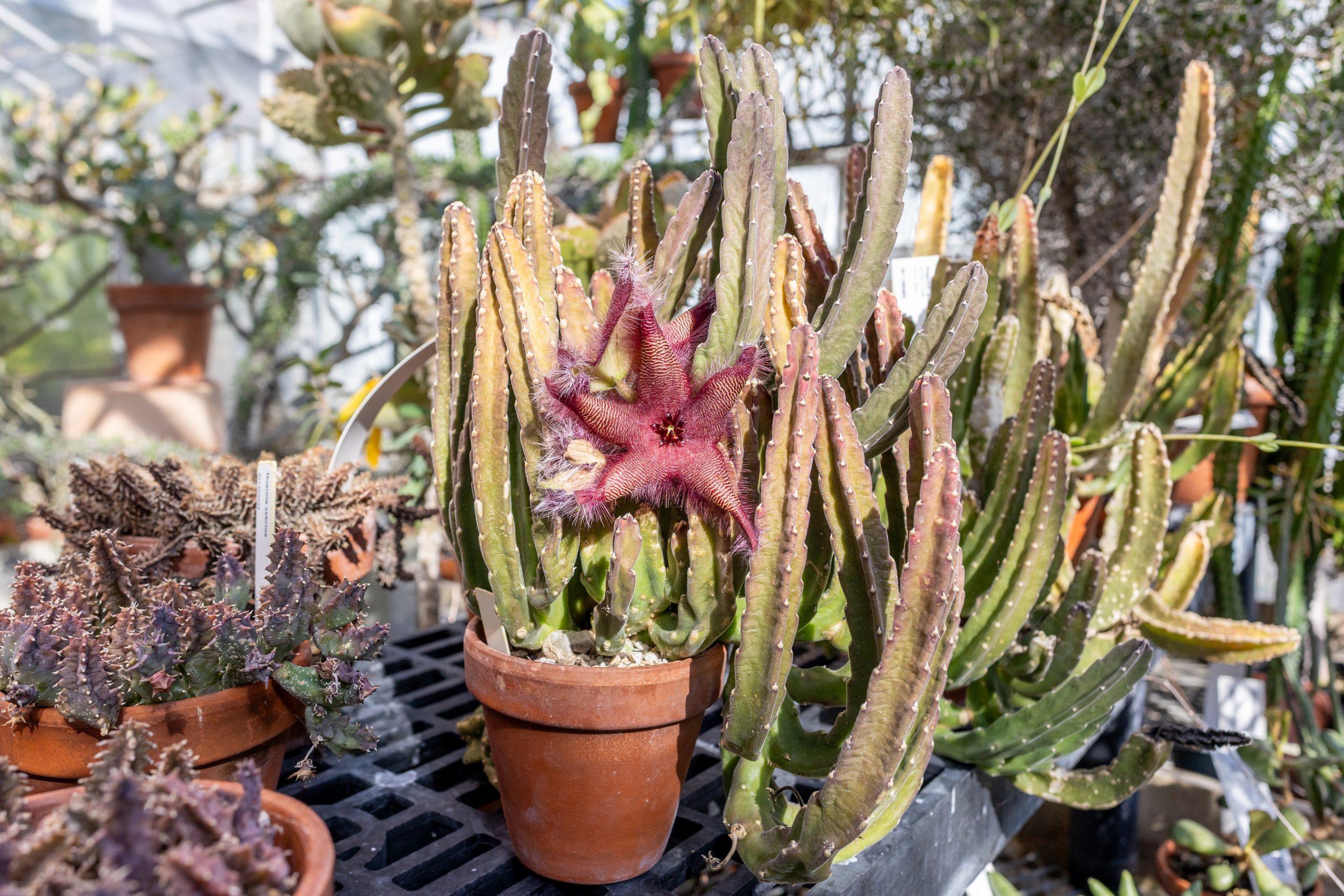
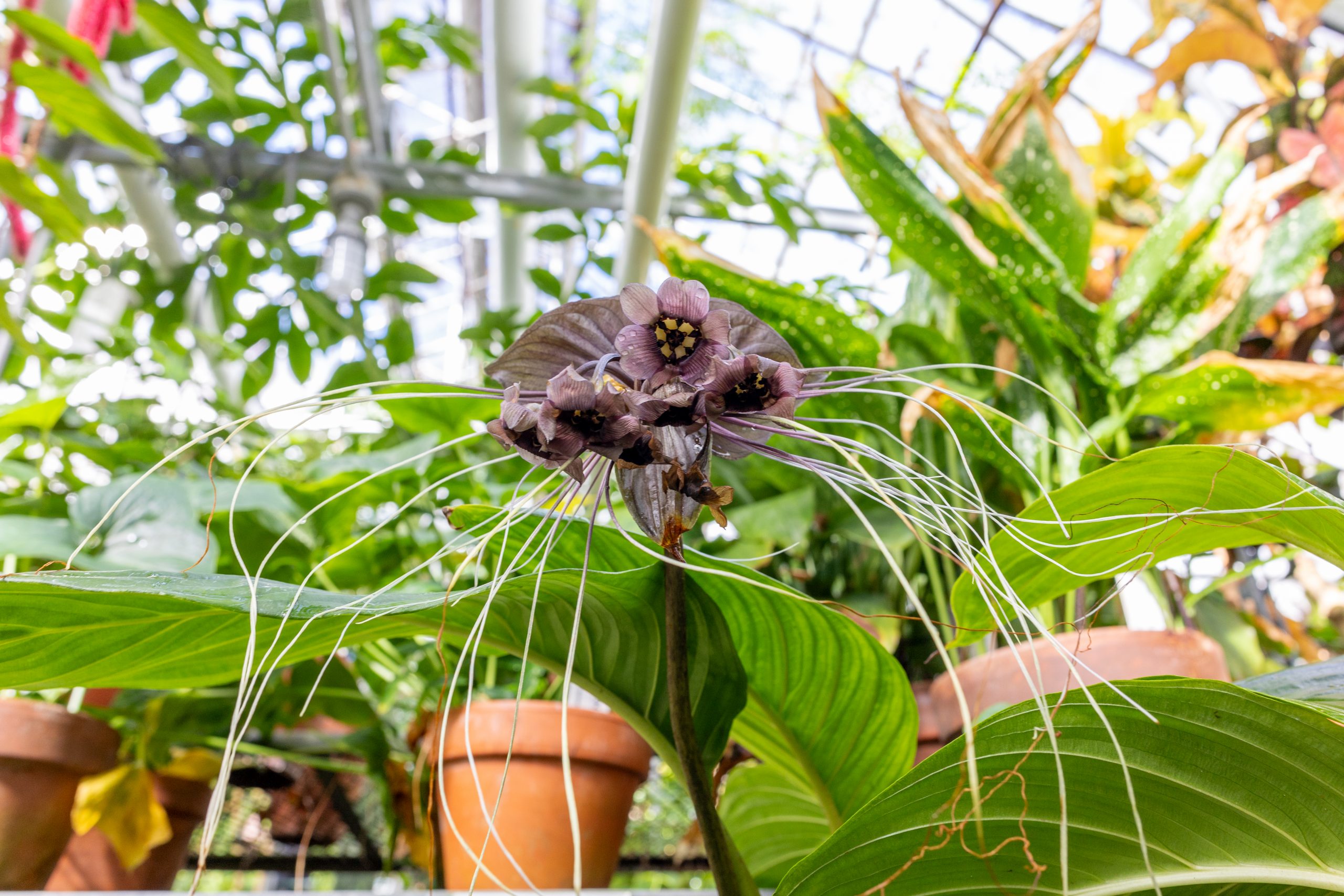
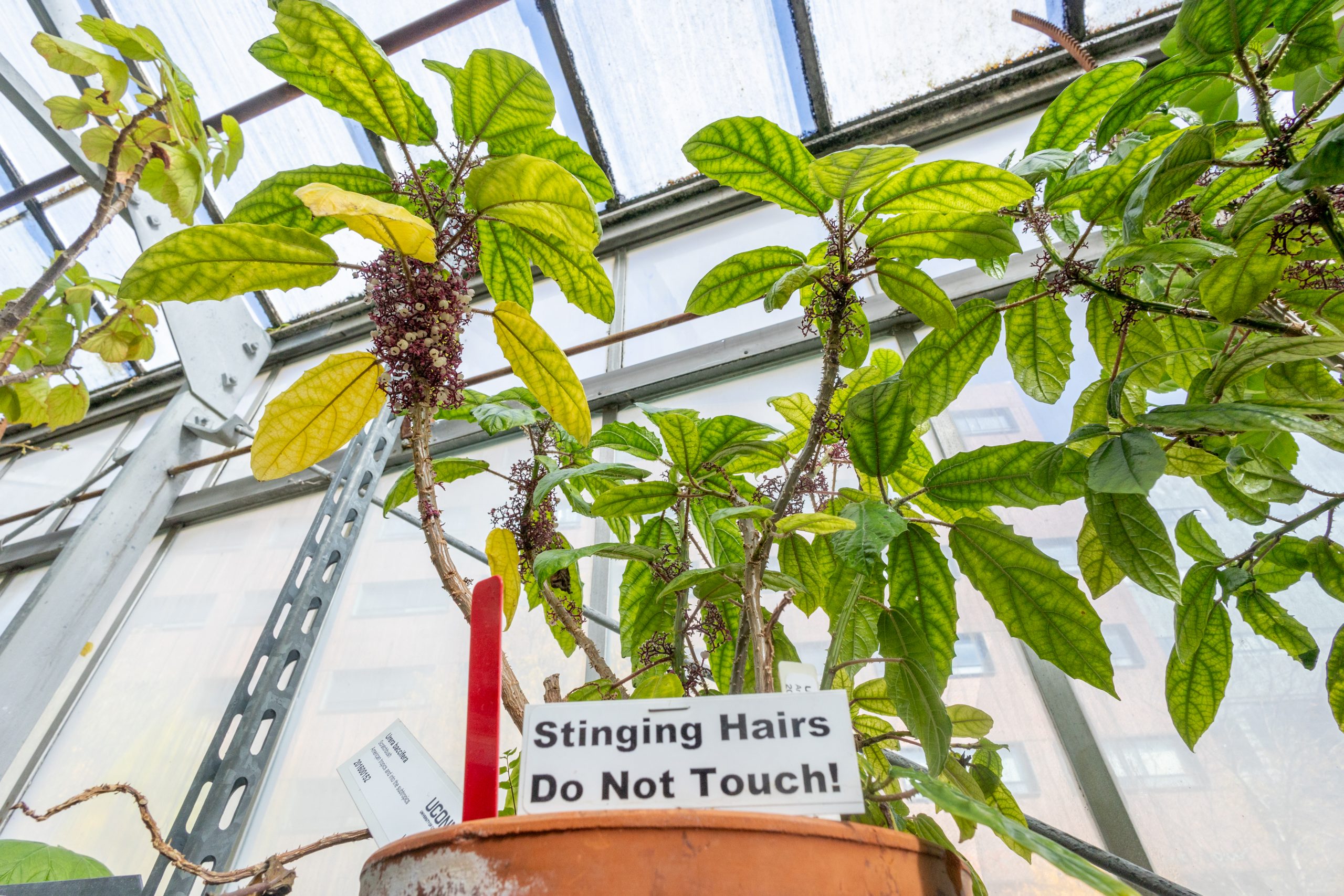
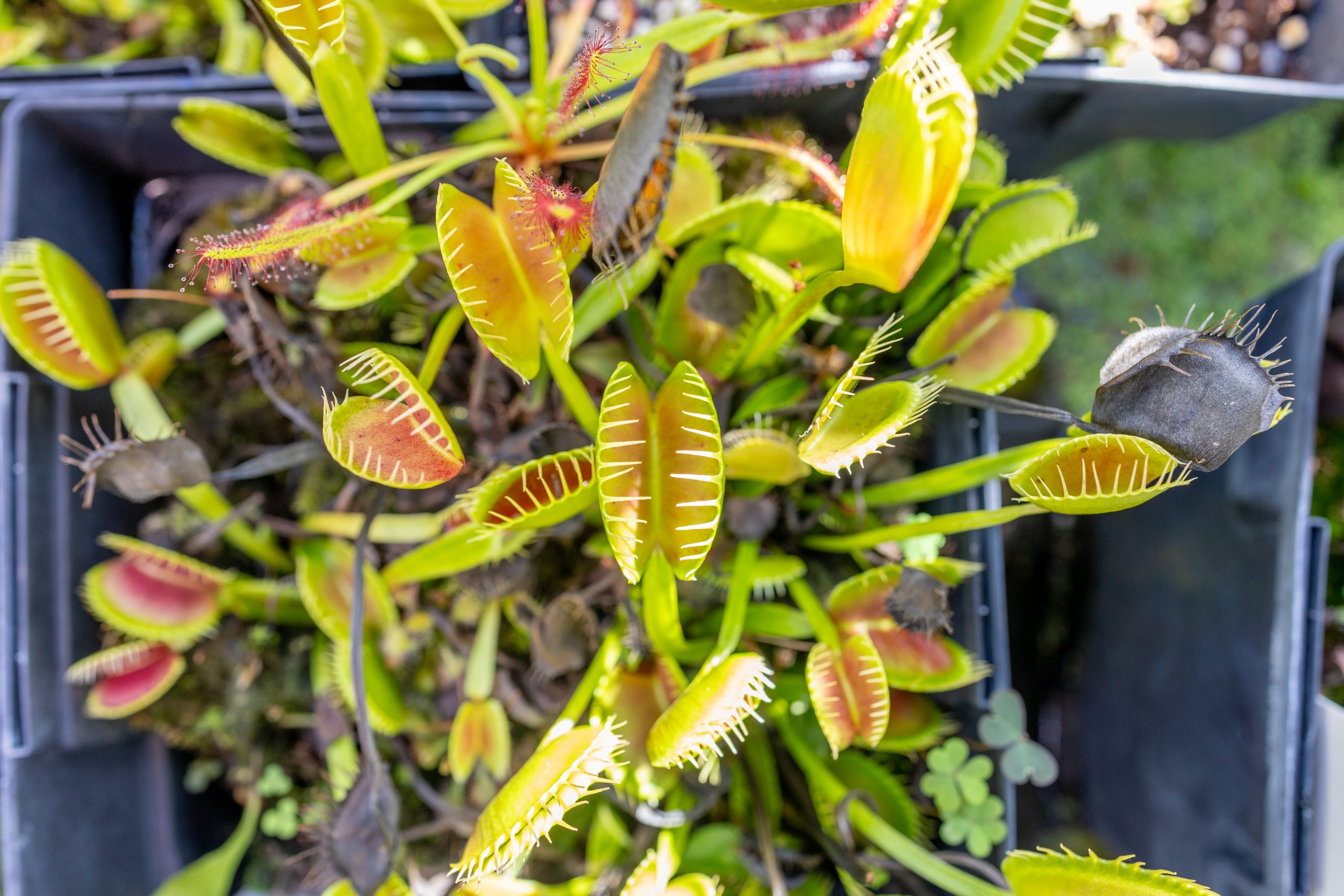
Back from the Dead
Though some may find the subject matter grim, the gallows humor of these and other stories gathered over the years of building, maintaining, and sometimes rescuing research and outreach collections are part of their legacy, and they highlight the purpose collections serve as priceless research and educational resources. Research collections like UConn's archive some species that are now endangered or extinct, meaning these spaces may be the only means of studying those species.
One example in the Living Plant Collection is the Nymphaea thermarum that until recently was thought to be extinct in the wild. Botanical Collections manager Meghan Moriarty is thrilled to say another specimen, Brighamia insignis, or cabbage on a stick, is currently blooming. The pollinator this species relies on was pushed to extinction, and the plant is no longer found in the wild on Hawaii's cliffs, but it is thriving in the Living Collection's greenhouses. In these instances, living collections may be instrumental in resurrecting wild populations of these species.
Some Frightening Favorites
Along with fun stories, members of the collections team also have their favorite Halloween-inspired specimens - so many that it is hard to narrow them down. Herbarium Collections manager Sarah Taylor displays preserved specimens of Amanita mushrooms which include the recognizable and toxic red and white-dotted fly agaric, a relative of the deadly destroying angel and death cap mushrooms. Collections Scientist Matt Opel points out living specimens of plants often associated with poisons and potions, including belladonna, also known as deadly nightshade, and mandrake. Moriarty highlights Urera bacccifera, commonly known as scratchbush, that is so painful to touch, horses are said to have run themselves off cliffs to escape the pain.
The Living Collections is also home to carnivorous plants, including Venus flytraps and pitcher plants, and plants whose flowers smell of rotting flesh, like voodoo lilies and the iconic corpse flower. Another flower that is currently in bloom is the Tacca chantrieri or Black Bat Flower.
Kuprewicz shares some examples of bats, including vampire bats (Desmodus rotundus), a species she adds who also happen to be excellent parents. These often-maligned bats raise their young collectively and will share their blood meals with any hungry pups as if they were their own.
Invertebrate Collections manager Katrina Menard displays insects and arachnids that would give many a fright, such as a jar full of wolf spiders of all sizes, another containing a giant centipede, and beautifully preserved death's head hawkmoths that are instantly recognizable to fans of early 90s horror films.
Though these invertebrates are hair-raising to some, Menard says it is important to remember they are just as spooked by us, and are not seeking to do us harm. Rather than squishing, we should instead carefully relocate them, because while they may be creepy, these creatures perform vital roles within their ecosystems.
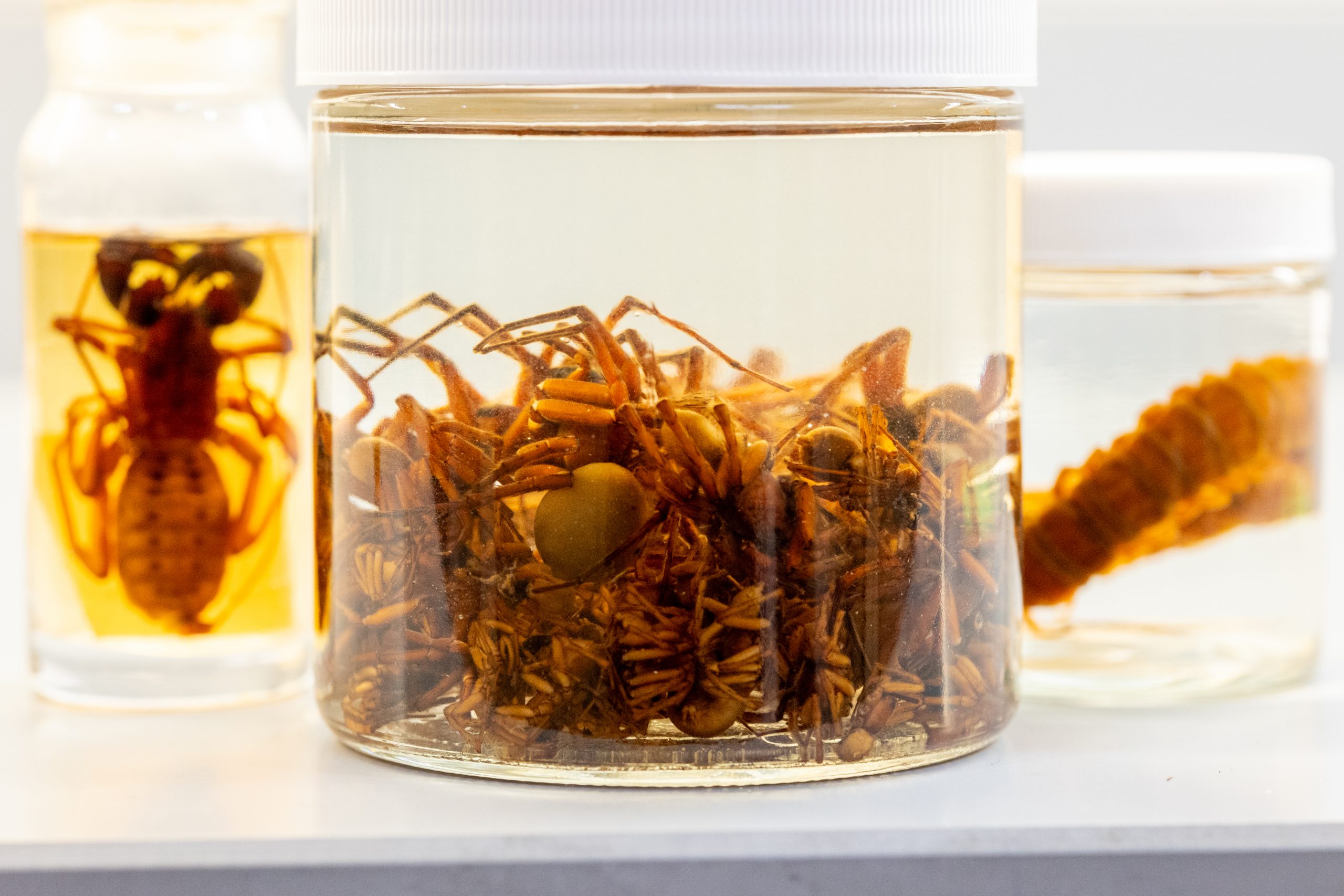
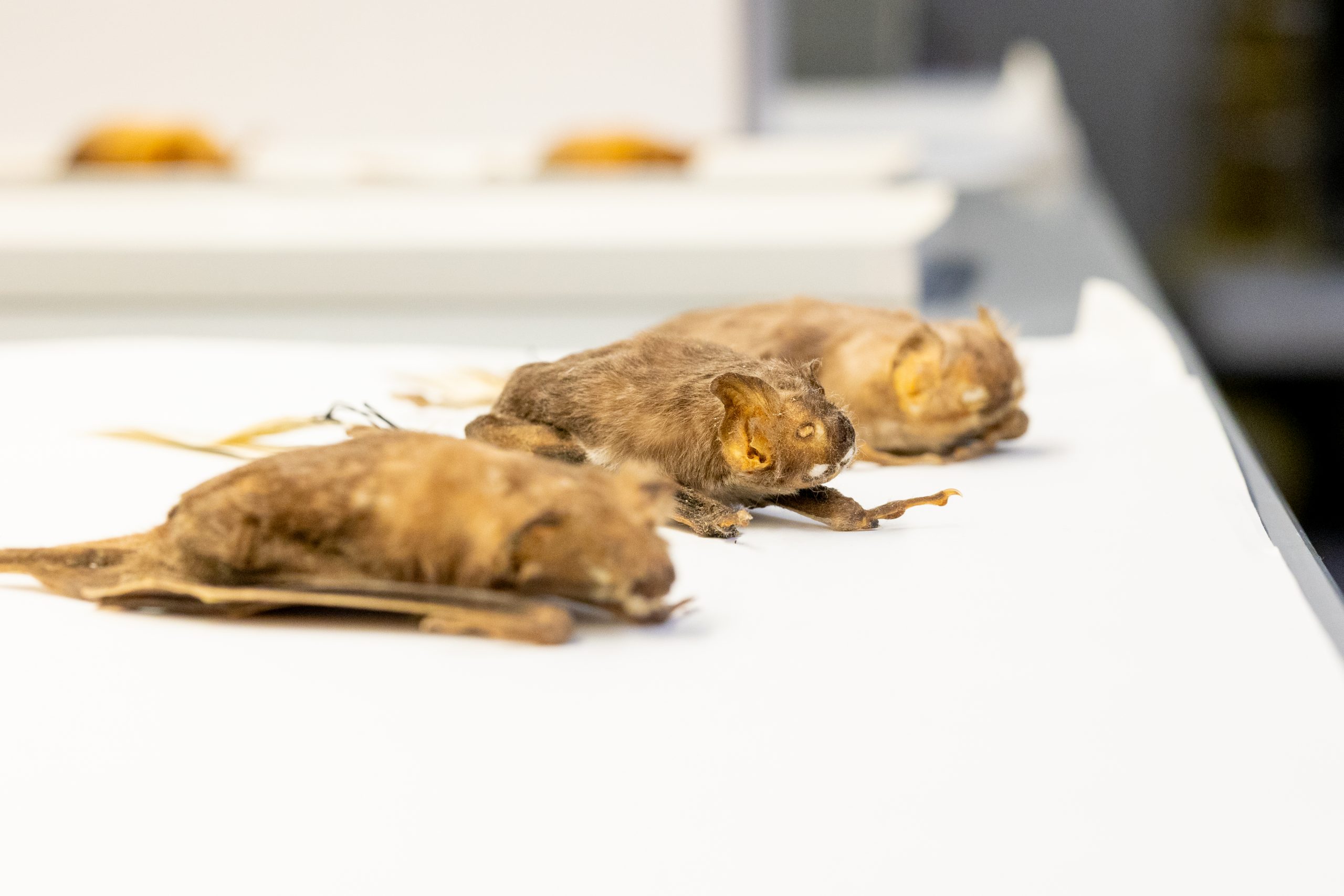
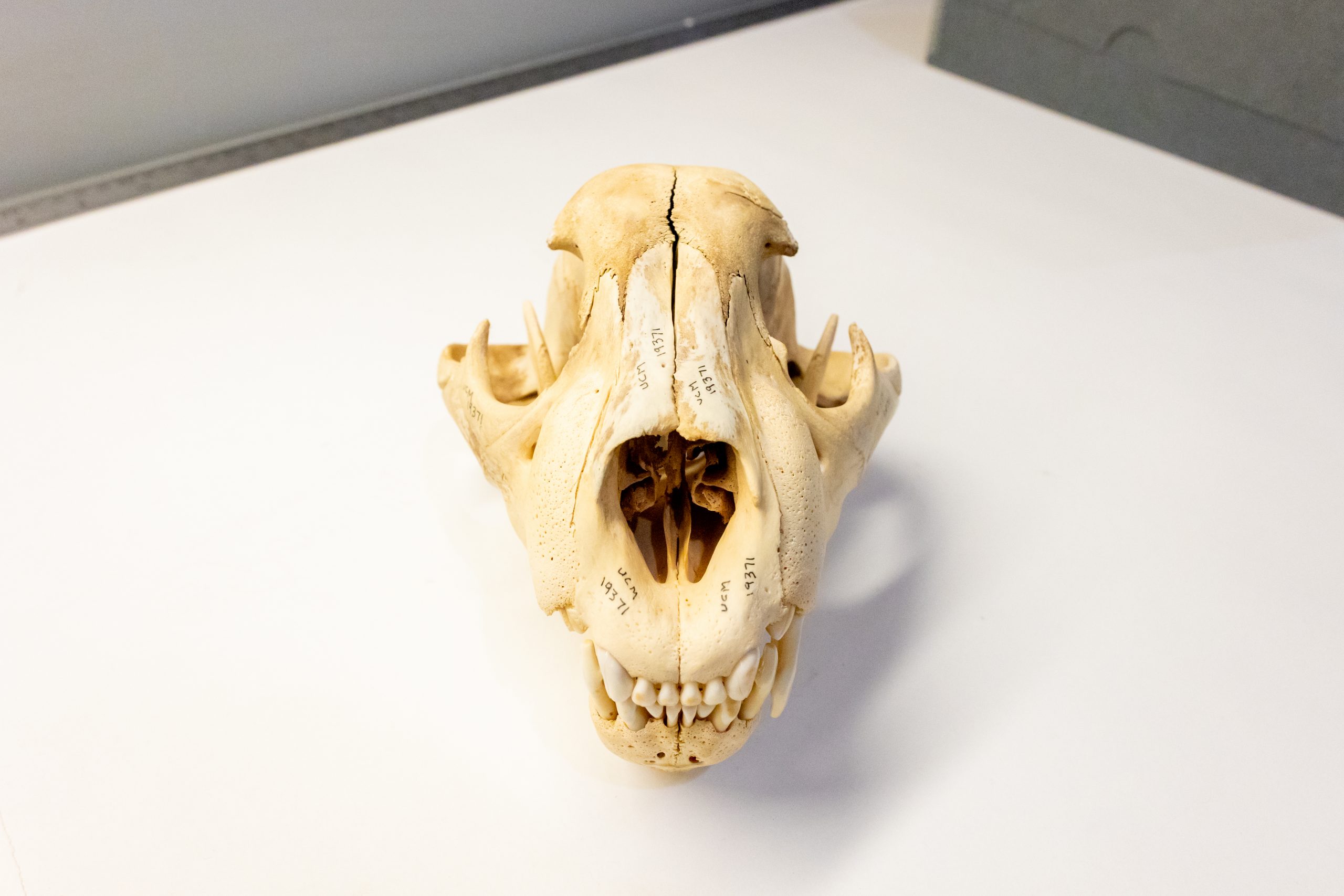
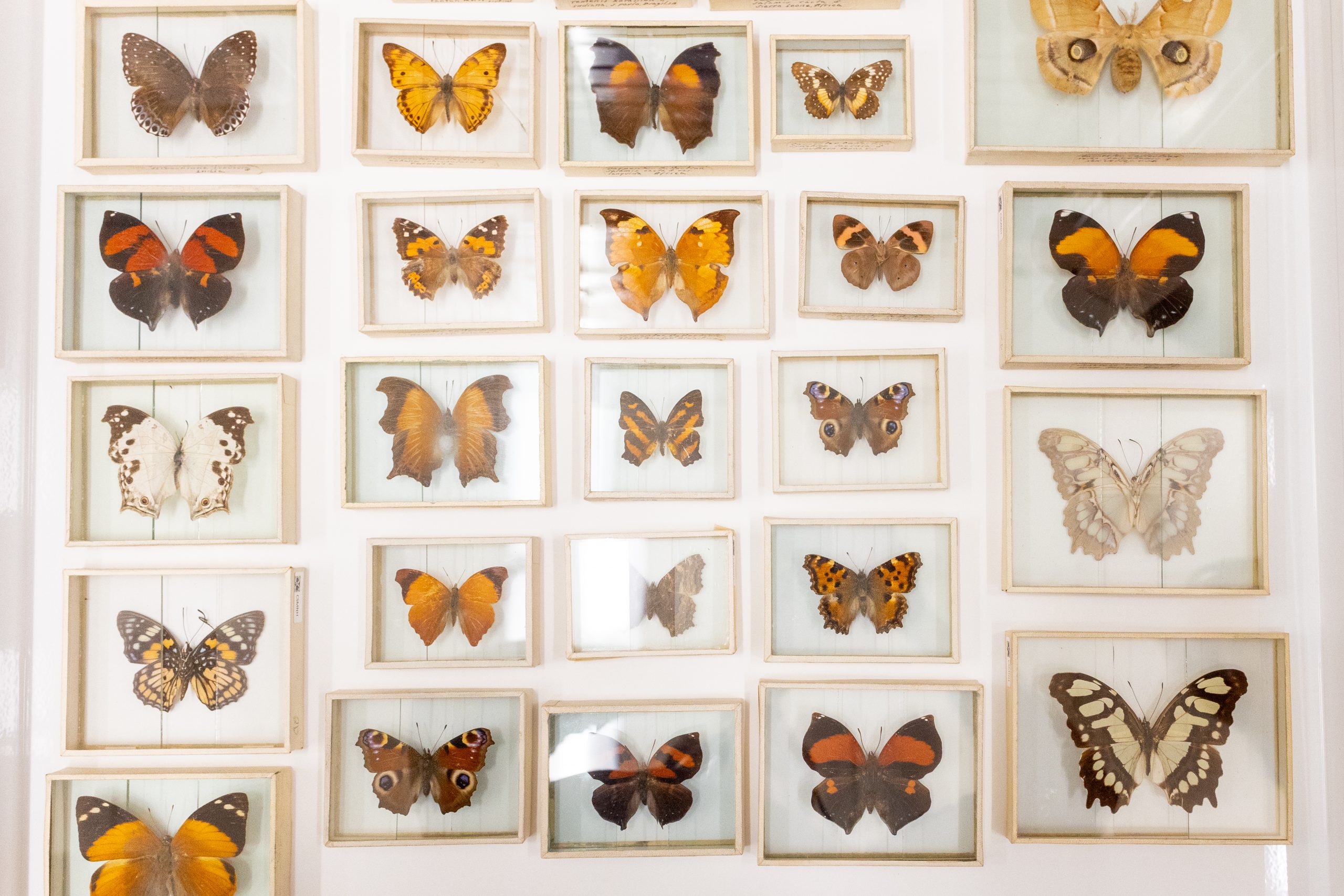
Sharing the Wonders
The collections hold troves of specimens that visitors may not have the opportunity to see anywhere else, and therefore another vital role of the BRC and CSMNH is sharing these wonders with the public. Each year, they host dozens of outreach events for visitors of all ages, such as a Biodiversity Bonanza in April, Mega Mammal Day this past July, school field trips, nature hikes, and more.
Students benefit from the collections by having specimens to study up close, and with initiatives like Skinning Club, they are also learning the skills and techniques needed to properly process and preserve species for future generations. Kuprewicz runs Skinning Club with her colleague Tom Harrington, and aims to train members of the UConn community in the art and science of vertebrate specimen preparation. This vibrant community of enthusiastic volunteers (mostly undergraduate students) creates bird and mammal study skins from salvaged specimens, collected under the proper state and federal permits.
Those visiting the collections are bound to come away with more knowledge and a renewed appreciation for Earth's amazing biodiversity, even the bizarre, unnerving, and spooky elements.






